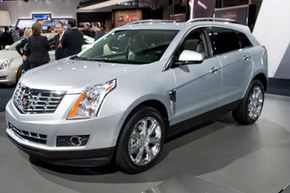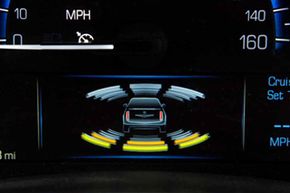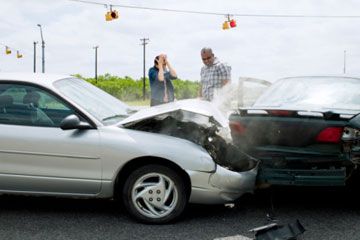First we got automatic braking systems, which did the brake pumping for the driver in a sudden stop. Then we got airbags, which protected our noggins and knees from whacking into the windshield and dashboard in a crash. Safety systems eventually got even crazier, with sensors and alerts and cameras and beeps and blinks. Modern cars have more warning lights than an Apollo space capsule.
You're already using your eyes to scan the street for traffic and your ears to listen for other cars, fire trucks and city buses. Your hands are busy steering the car and your feet are making it stop and go. What body part aren't you using? What part of you could still possibly take in new information? What part of you could somehow warn you of impending danger?
Advertisement
How about your rear end? That's right, we're talking about your butt.
The following three 2013 Cadillac models will have a new safety feature called the Safety Alert Seat for the driver: the XTS sedan, ATS sedan and the SRX crossover. While your eyes and ears and hands and feet are piloting the car, your lazy butt, which until now had bupkes to do in the car, is going to tell you when you're about to do something stupid. Stay with us here ... this makes way more sense than you probably think.
Advertisement



